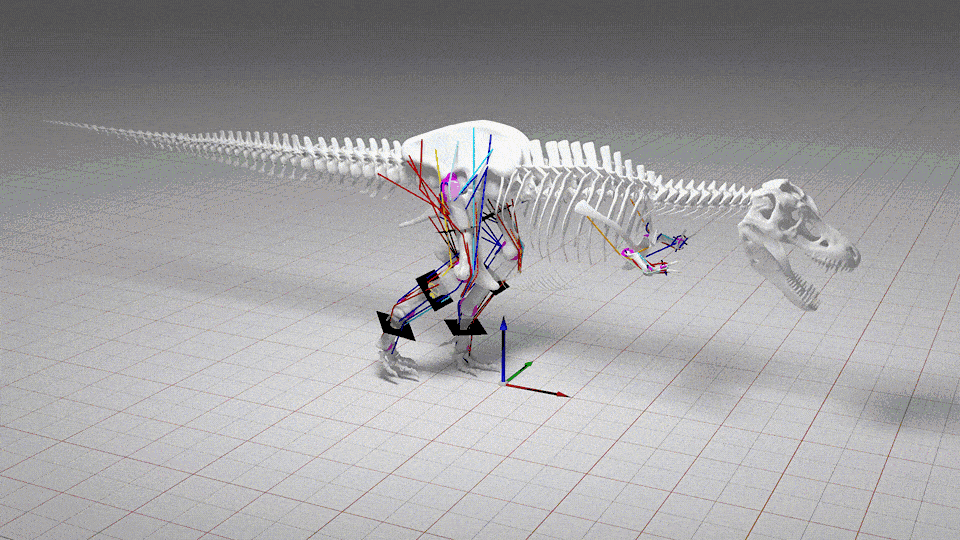When you buy through link on our situation , we may make an affiliate delegation . Here ’s how it play .
The mightyTyrannosaurus rex ’s insect bite was far less impressive for its body size of it than the bite of a much little modern dinosaur — a tiny Galapagos finch .
Researchers recently cranch the numbers to evaluate crunching force in the bites of hundreds of fauna — living and out . They used supercomputers to evaluatebite forceand body great deal , and to cross evolutionary changes in jaw business leader in animal group that let in mammals , reptilian and birds .

Bite strength in Galapagos finches is unusually powerful for their size.
When the calculation were done , the scientists determine that finches — living dinosaur , as are all birds — packed a bite that was unexpectedly sinewy for such a modest tool . In fact , if a finch were descale up toT. rex - size , the bird ’s bite would then be 320 clock time stronger than that of its extinct full cousin , the scientist reported . [ Image Gallery : The Life of T. Rex ]
These new findings do n’t suggest thatT. rexdidn’t havea withering bite . Rather , they indicate that the violence of aT. rexbite is unsurprising when evaluated in light of the brute ’s consistency mass and the bite speciality of its ancestors , agree to the bailiwick .
Bite force is measured in Newtons , with 1 newton ( N ) representing the amount of force that can accelerate an object weigh 1 kilogram to a stop number of 1 meter per minute . T. rexweighed about 8 oodles , and had a bite force of 57,000 newtons , which sound middling impressive .

By comparison , a finch ’s bite military unit is only 70 Sir Isaac Newton , but its consistency tidy sum is just about 1 ounce ( 33 gm ) .
ForT. king — and most of the other mintage that the investigator canvass — bite force came about through gradual evolution over time and drew its speciality from the animal ’s flock , so large fauna would be expected to havestrong bite , lead study author Manabu Sakamoto , a biological scientist at the University of Reading in the U.K. , tell Live Science in an electronic mail .
But there were exceptions , the scientists discovered . In some species , such as the finch , bite violence " was not as expected from their body sizes , " Sakamoto sound out . This hinted that inGalapagos finches , evolution " sped up " to increase their bite strength out of proportion to their mass , since the morsel strength of their finch ancestors about 1 million years ago was much sapless proportional to consistence heap , according to the survey .

In other word , " the finches bite hard comparative to prospect than a Tyrannosaurus rex , " Michael Habib , an assistant prof of integrative anatomical sciences with the Keck School of Medicine at the University of Southern California , told Live Science in an electronic mail .
Habib , who was not involved in the field , explained that bite - strong suit expectations are typically scale for sizing , " so Galapagos finches are quite mighty for a humble creature , whileTyrannosaurus rexwas more or less as powerful as one would ask such a big creature to be , when it comes to bite force , " he said .
However , even with an " average " pungency , T. rexhad no trouble taking down its quarry , as large vulture can usually generate sufficient collation forcefulness " just by being large , " the researchers wrote .

" Tyrannosaurus rexwas most belike capable of ‘ pulverise ’ bone simply owe to its prodigious size , " the research worker reported .
The finding were publish online Jan. 9 in the journalProceedings of the Royal Society B : Biological Sciences .
Original clause onLive scientific discipline .














